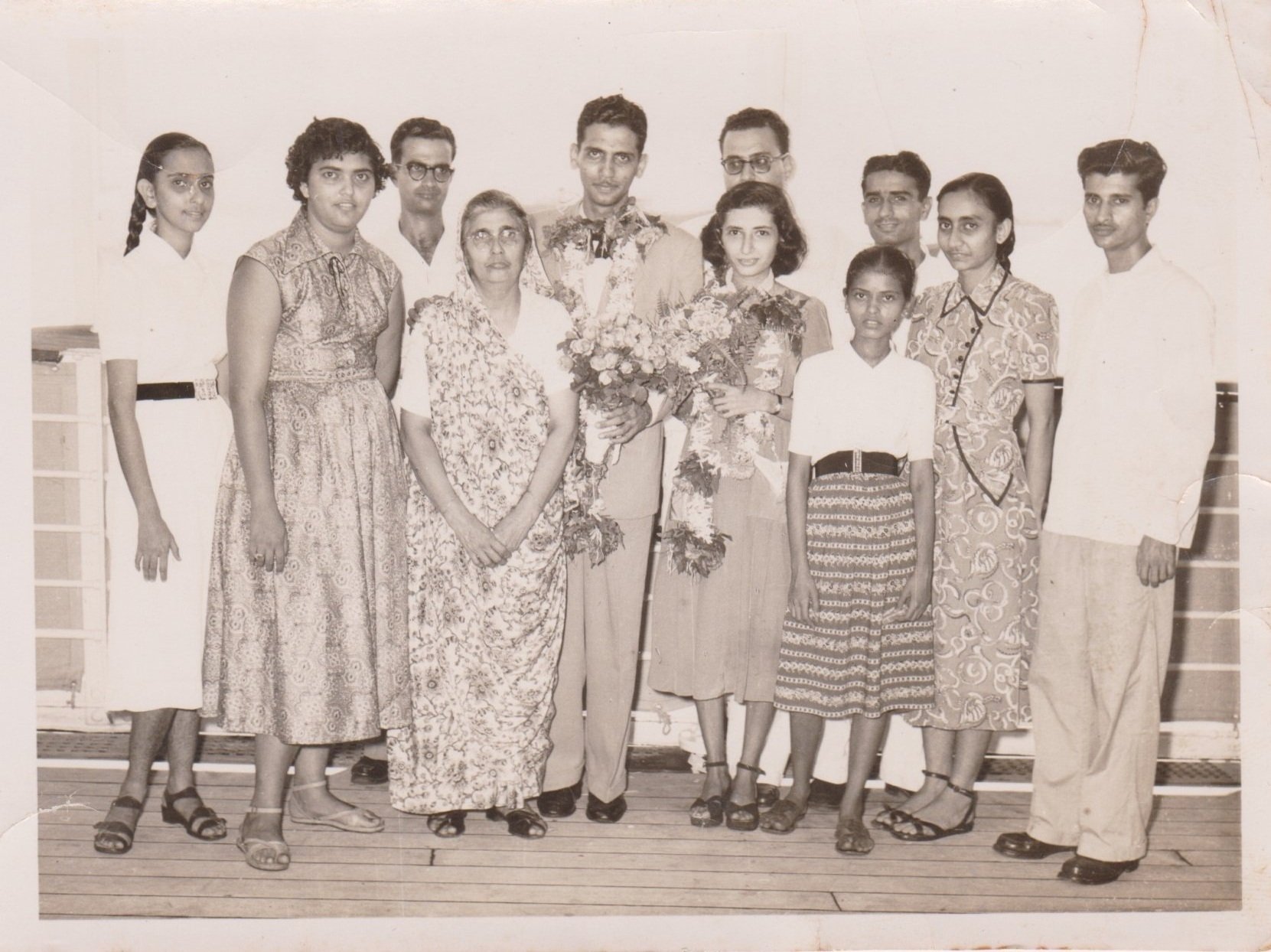Acculturation
Drawing the migrant to public sculpture
I view my approach to creating an alternative public sculpture as a means of challenging the modes of traditional public art. My research focuses on an acculturative process of two-way sharing, which moves away from a process of one-way settlement so no one group is hierarchically above another group.
I interpret this term acculturation in connection with people of first, second and third generation migrant backgrounds. As a first generation British-Indian, I am a product of this process which I discuss under ‘My Acculturation’ through the lens of my Zoroastrian ancestry.
The migrants’ experiences that I address in my work is akin to my own: first, second and third generations offspring from decolonised British colonies; people who have grown up with their family cultures but who have assimilated British culture and ways. They are aware of their different backgrounds and can utilise these differences as tools to negotiate their way through the ‘accepted’ British way of life.
My novel approach to sculpture provides a space, a voice for migrants to assimilate within existing communities through shared expressions of the space, giving a sense of empowerment to the individual.
My work is subtly reconsidering urban public space offering places for the local community to sit, talk and exchange ideas, providing an invitation to participate. My sculptures, in particular the figures, bring recognition to the viewer, the migrant, in terms of similar human expressions, clothing and posture. The figures are recognisable but also puzzling; they attract attention by their gestures and life-like colours; providing an invitation to inquire. These figures are positioned within a setting that is achieved with a typology of configurations and forms: enclosure, habitable space and semi-realistic figures. The enclosures are based on small-scale pavilions which contrast with the multi-storey nature of our dense urban environments.
These unique intriguing spaces aim to provide a varied experiences for the public, allowing people to contemplate their connection with what they sense in the public realm.
Few statues and monuments, both current and historical, represent the multi-cultural society we experience. Even fewer sculptures depict the mix of people, especially women. My research explores themes of cross-cultural narratives within modern cultures through a migrant's experience; an experience of assimilation, acceptance and belonging.
Sculptural monuments in significant urban locations are places which draw the public to view and question, but not always permitting an understanding and realisation of the story the sculpture tells. The problems of past legacies and distorted histories are now being debated, and there is a growing consensus for greater representation of people of cross-cultures within our communities.
Drawing the community to public sculpture
My research also explores the relationships and narratives between the individual and community in today’s urban public spaces, providing a place—a sculptural space—where these dialogues can happen. This research creates a way of progressing away from traditional monuments to providing a space of acknowledgement and ultimately (community) healing. In acknowledging past legacies which are being re-addressed, my research seeks to represent a new form of public sculpture, which can be created to embrace current expansions across cultures within our communities. This new form of space can provide a focal point for discussion, a playground of interactive dialogues, a place of familiarity which allows for the slow process of reflection and community healing.
The public can be drawn to public sculptures that address current social concerns of acceptance by creating a micro-space – a defined space within a public space - for ethical discussion of social concerns of acceptance. My practice places sculpted figures within architectural settings as an invitation to draw a diverse community into the artworks, providing such micro-spaces.
